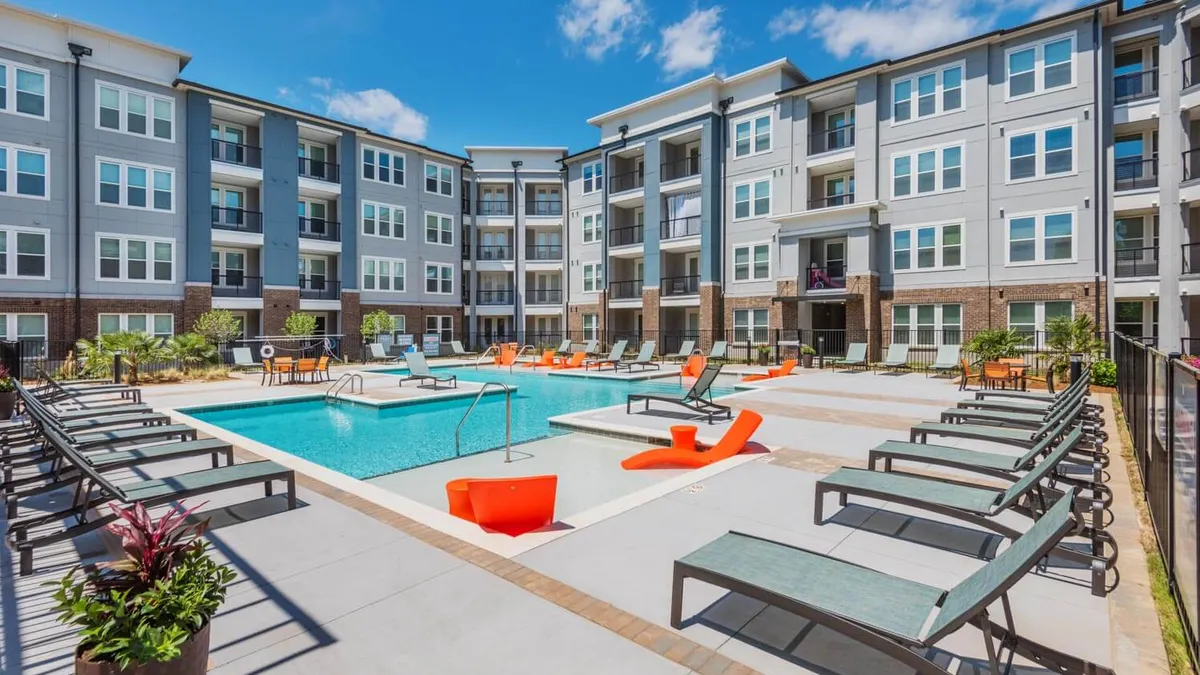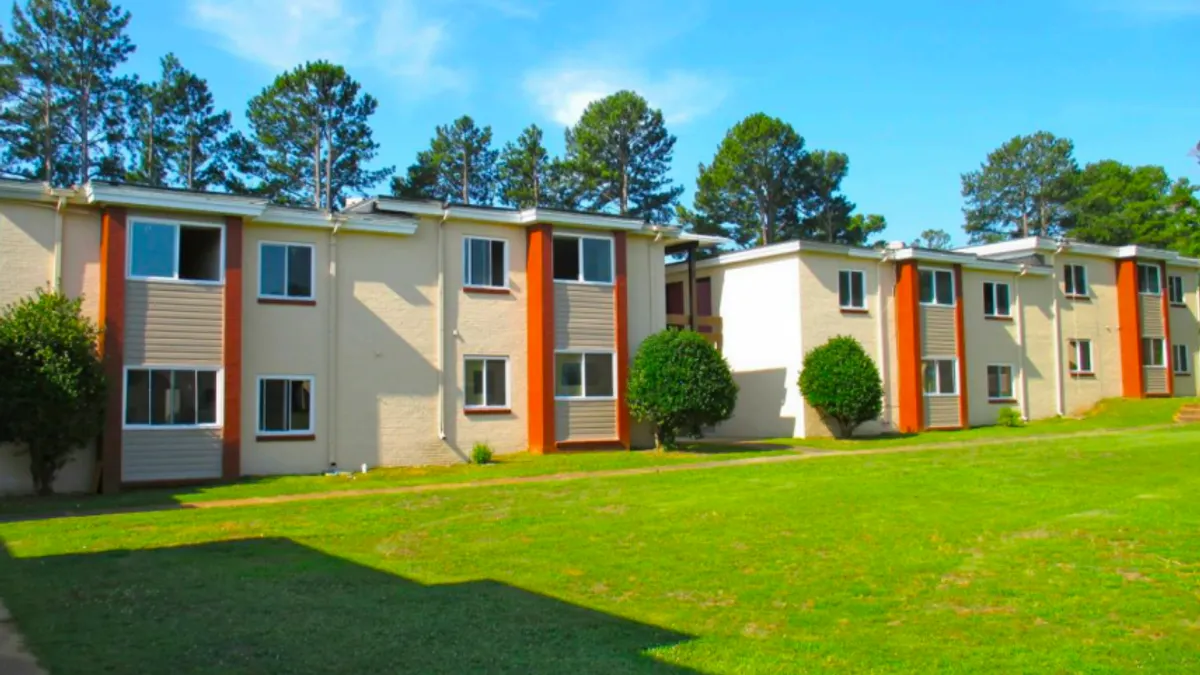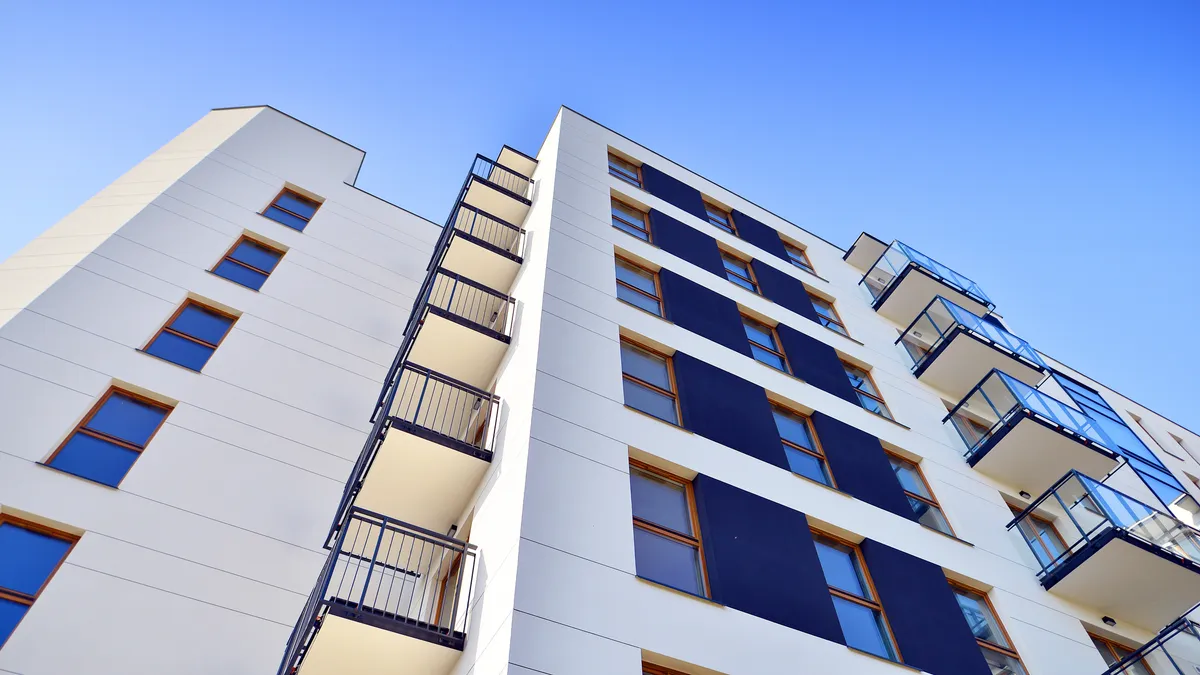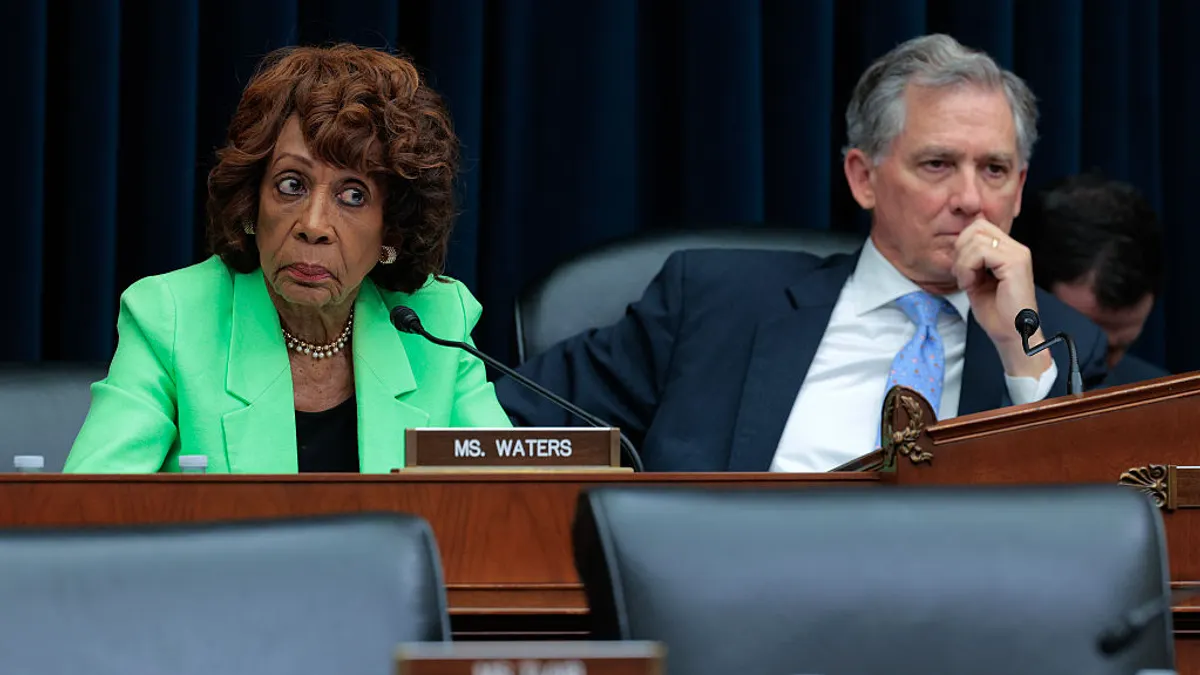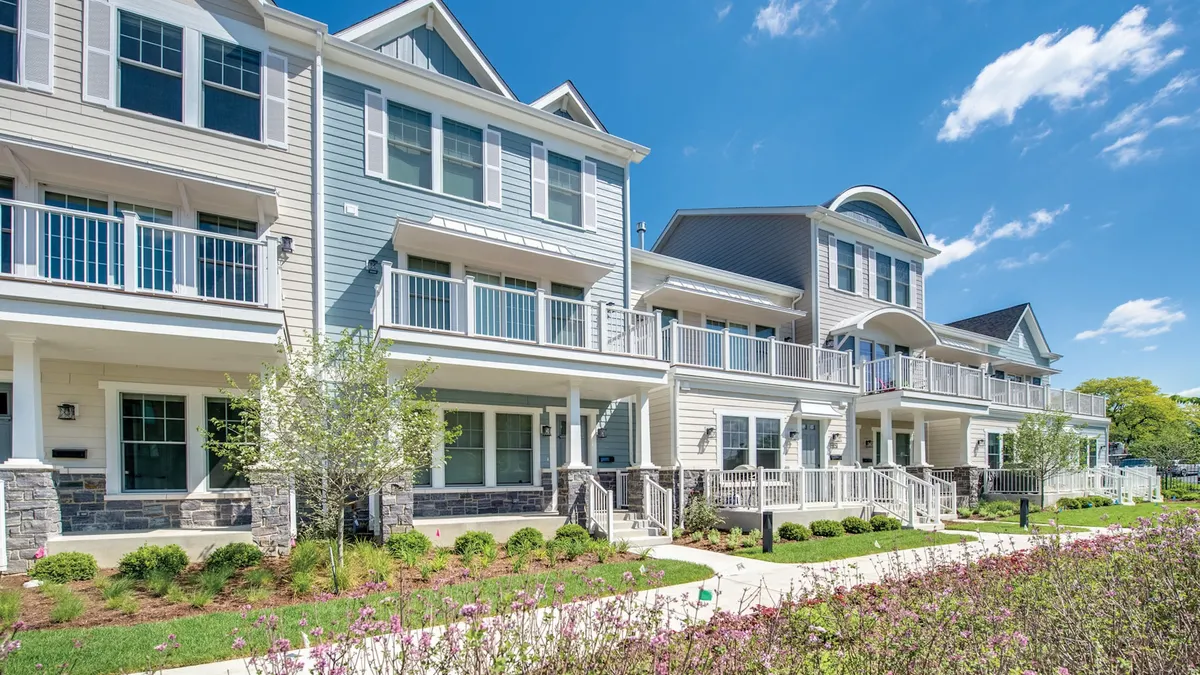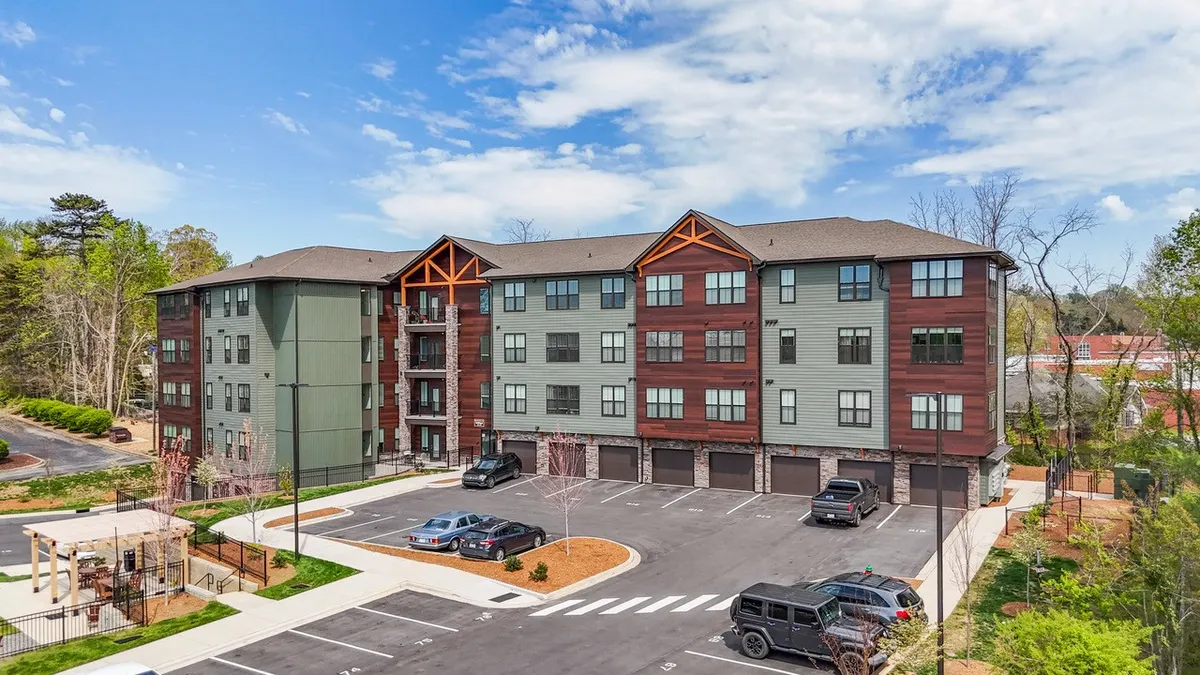With a vertically integrated development and construction platform that produces suburban apartments, infill projects and build-to-rent homes, Tysons Corner, Virginia-based Middleburg Communities would seem susceptible to the potential impacts of President Donald Trump’s recent tariffs.
Yet, CEO Chris Finlay, whose firm also owns and manages rental housing, says the effects have been muted so far. When he looked at pre- and post-tariff prices for a project his firm is working on in Florida, he said costs moved less than 1%.
“In short, what we’re noticing is a lot of discussion of tariffs,” said Finlay. “We have not yet actually seen it impact actual pricing on the ground.”
Although Finlay has seen some contractors suggest price increases in preparation for tariffs, that’s not the case for the majority of the firms that build his projects.
“Most of the subcontractors we work with are fairly confident in their numbers and are excluding tariff risk and locking in numbers without any sort of change for tariffs,” Finlay said. “Because of the amount of construction we do, 4,500 units or so a year, we are able to lock in bulk purchasing agreements with a lot of vendors and suppliers and material providers.”
With tariffs on the horizon, Middleburg has asked each of its suppliers to “dive into how much is being sourced domestically versus internationally,” according to Finlay.
“It turns out that our total exposure to materials that would be subject to tariffs is really only about 3%,” Finlay said.
But tariffs aren’t the only thing challenging new construction. Here, Finlay talks with Multifamily Dive about financing, the impact of the Department of Government Efficiency on demand and apartment fundamentals.
This interview has been edited for brevity and clarity.
MULTIFAMILY DIVE: How hard is it to finance new construction right now?
We've seen a little more liquidity in the construction market from the bank lenders. I don't know that I would necessarily tie this increased liquidity with the banks to interest rates.

The nontraditional credit funds, debt funds and all those folks have really increased liquidity in the bridge market, particularly for pre-stabilized properties. So a lot of people have gone off recourse to refinance their construction loans.
The banks, all of a sudden, have a lot of capacity. We've noticed an increase in liquidity for the bank construction loan market. But my understanding is that it is not across the board.
Has the equity market for construction loans improved?
We're still finding tightness on the equity side of the equation. There is still a lot of uncertainty. Many investors and institutional capital are still trying to figure out if we have hit the bottom. Should they be buying? Should they be developing?
There's still a lot of discussion about supply, although I think that is overdone. But nonetheless, any uncertainty with the institutional guys is just more difficult, and that's what we're seeing today.
Your headquarters is less than 15 miles outside of Washington, D.C. Have you noticed any impact from the DOGE cuts?
If you're referring to the federal government cuts, they're more widespread than just Washington, D.C. I’m sure there is some incremental unemployment in a couple of key markets, but we have not seen any impact as a result.
Frankly, uncertainty around jobs is better for apartments. People renew leases during those times instead of buying a house, and we are the beneficiaries in some cases. I think it creates more uncertainty for the homebuilder market, but we have not seen anything. These economies are now so diversified.
Does that include smaller markets that rely on federal jobs, such as Huntsville, Alabama?
Huntsville, Alabama, is tremendously diversified, and most of that is the private sector supporting the government in mission-critical types of projects. So we haven't seen anything there to note.
Washington, D.C., is an incredibly diversified market that seems to be absorbing some of those job cuts so far. I think most of them actually come out in September.
Do you still see strong demand for apartments?
I think the big story that is still unfolding is the absorption story. It's just remarkable the resilience in demand for rental housing today. We just continue to see really strong absorption across the board.
Everybody talks about the amount of supply, but what I find fascinating is the continued demand for rental housing. Places like Charlotte, North Carolina, are setting records for absorption and continued demand. We're going to see some real rent growth this year, and I don't think we'll see a lot of rate cuts from the Fed. So, it could be an interesting year.
The REITs reported strong first-quarter numbers. Are you seeing the same thing in your portfolio?
We're definitely seeing that. I think a lot of this economic uncertainty is the fear of tariffs more than tariffs themselves. There's a lot of reaction, and perhaps overreaction, to our current administration's negotiating strategy.
The reality is that when things are uncertain, people just hunker down. They're not looking to upgrade or buy a house. We've seen retention and renewal rates that have been higher than normal.
Click here to sign up to receive multifamily and apartment news like this article in your inbox every weekday.


